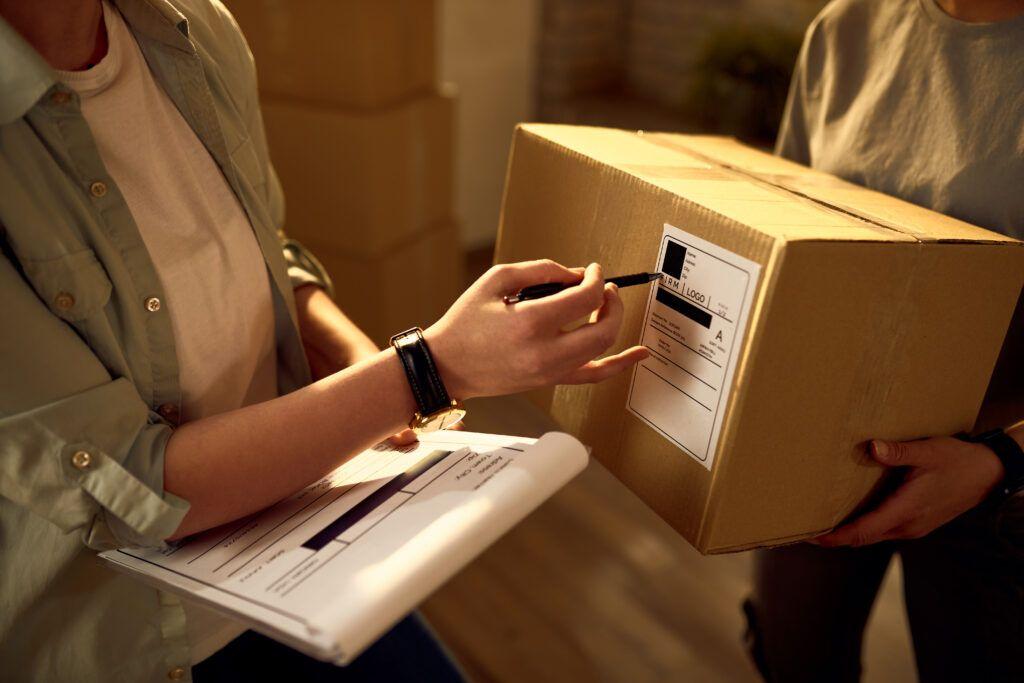Reverse logistics has acquired significant importance in the delivery services of multiple businesses in recent years. Whilst it is true that reverse logistics has always been present when it comes to product returns, this practice has been redefined as a result of the sustainability boom. Efficient resource management is the order of the day and reverse logistics plays a fundamental role in the process of closing the life cycle of products and in minimising the environmental impact that they generate.
Sustainable reverse logistics
The first thing is to understand what we mean when we talk about reverse logistics. A quick summary would be to say that reverse logistics refers to the product movement management process from the point of consumption back to the company. Including the management of the reverse movement of products throughout the entire supply chain with the aim of reusing, recycling or throwing away responsibly. Easy, right?
From this perspective, sustainability is the lynchpin of reverse logistics, as its focus lies in finding efficient, environmentally friendly ways of handling products that are no longer needed by consumers.
- Waste reduction and resource optimisation:
As we said, one of the main benefits of reverse logistics is its ability to reduce the amount of waste generated by discarded products. Instead of products being simply disposed of, reverse logistics recovers valuable materials, renews products or finds alternative forms of reuse. This not only decreases pressure on landfills, but also contributes to the preservation of natural resources by reducing the need to produce products from scratch.

Reverse logistics for returns
Concurrently with sustainable reverse logistics, there is reverse logistics for returns. A much more common, ingrained process in the vast majority of businesses. It is an essential part of the supply chain in which products that customers no longer want or are unhappy with are sent back to the seller or manufacturer. Efficient returns management is not only beneficial for customers but it can also represent an opportunity to recover products that may still have value. This may involve refurbishing, repairing or remanufacturing products for resale or reuse.
Reverse logistics for companies
Implementing a reverse logistics system in a business is related with designing efficient and structured processes for the return, reconditioning and disposal of products. With this in mind, it is essential to define clear return policies and establish criteria for the acceptance of returned products. From this point onwards, a reception and classification process needs to be created which allows it to be determined whether a product can be reconditioned, repaired, recycled or discarded.
The optimisation of reverse transport routes from suitable vehicles and the selection of sustainable shipping methods, on the other hand, will reduce expenses and the environmental impact. Just as the implementation of tracking systems and information technologies will assist in terms of the monitoring of the progress of returned products and making data-driven decisions.
- Some success stories
Many companies have adopted sustainable reverse logistics practices, beyond traditional returns logistics, as an integral part of their business strategy. Besides returns, a prominent example of sustainable reverse logistics is the Apple brand electronics recycling programme, which allows its customers to return their old devices for the recycling and recovery of materials. Furthermore, the fashion firm H&M has decided to implement a system of used clothing collection at its stores, allowing products to be recycled or reused instead of being thrown away.





